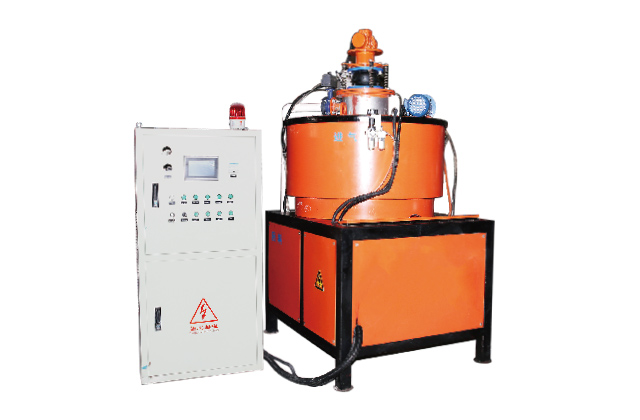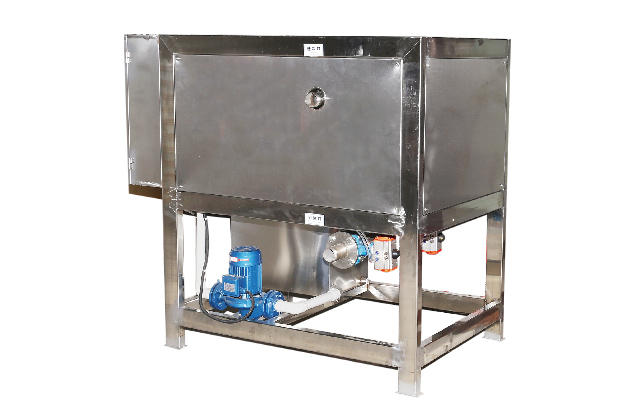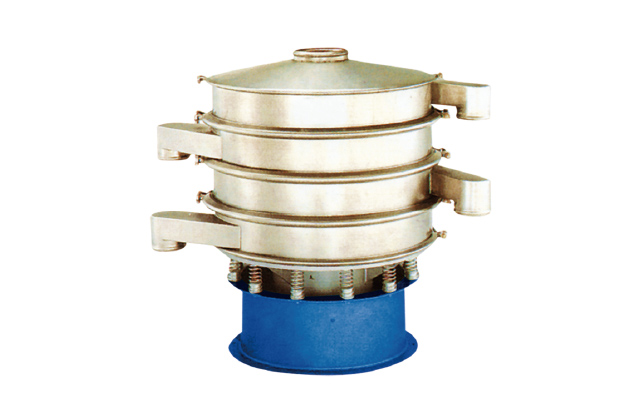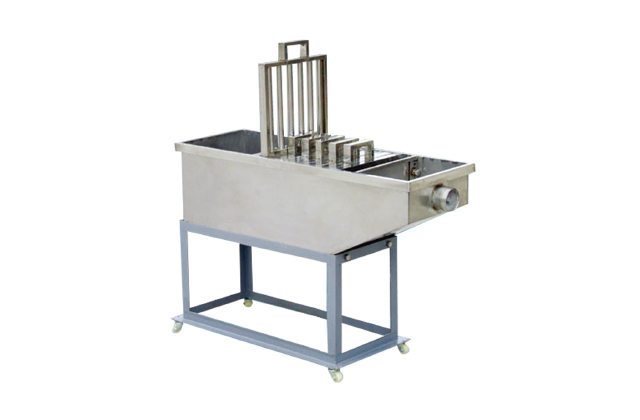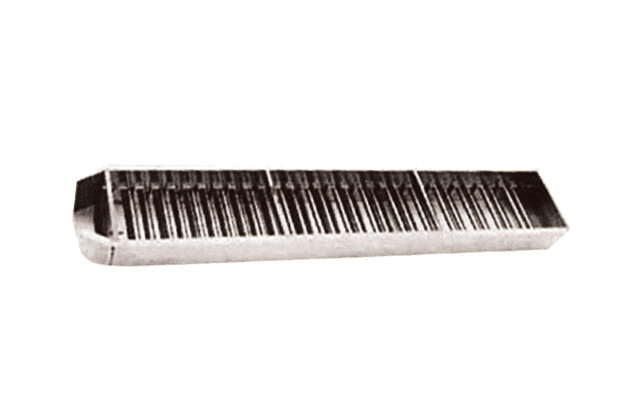August 22, 2025
How to Separate Iron Filings and Sand Effectively?
Understanding the Challenge
Have you ever wondered how to separate iron filings and sand? This is a common question in both educational and industrial settings. Whether you’re a student conducting a science experiment or a professional dealing with mixed materials, separating these two substances can seem tricky at first glance. However, with the right approach, it can be done efficiently and effectively.
Why Separate Iron Filings and Sand?
Before diving into the “how,” it’s important to understand “why.” Iron filings and sand are two distinct materials with different properties. Iron is magnetic and denser, while sand is non-magnetic and less dense. These differences make them useful in various applications, but when mixed together, they can be challenging to work with. Separating them allows you to use each material for its intended purpose.
Physical Properties to Leverage
The key to separating iron filings and sand lies in their physical properties. Iron filings are magnetic, which gives us a clear advantage. Sand, on the other hand, is non-magnetic and typically lighter. By exploiting these differences, we can devise a simple yet effective separation method.
Step-by-Step Guide to Separation
Now that we’ve covered the “why,” let’s move on to the “how.” Here’s a step-by-step guide to separating iron filings and sand:
Step 1: Gather Your Materials
You’ll need a few basic tools to get started. These include:
- A magnet (preferably a strong one like a neodymium magnet)
- A container with the iron filings and sand mixture
- A separate container for the separated iron filings
- A spoon or small scoop
Step 2: Use the Magnet
Hold the magnet close to the mixture and slowly move it across the surface. The iron filings will be attracted to the magnet, leaving the sand behind. This is the most straightforward part of the process.
Step 3: Collect the Iron Filings
Once the iron filings are attracted to the magnet, carefully transfer them to the separate container. Be sure to keep the magnet away from the sand to avoid any accidental mixing.
Step 4: Repeat the Process
Depending on the amount of mixture you have, you may need to repeat this process several times to ensure all the iron filings are separated from the sand. Patience is key here!
Step 5: Dispose of the Sand
Once all the iron filings have been removed, you’ll be left with pure sand. You can dispose of it according to your needs or reuse it for other purposes.
Alternative Methods
While using a magnet is the most common method, there are other ways to separate iron filings and sand. These include:
Using a Sieve
If the iron filings are larger in size, you can use a sieve to separate them from the sand. Simply pour the mixture through the sieve, and the sand will fall through while the iron filings remain.
Using Density Separation
Another method involves using water to separate the two materials. Since iron is denser than sand, it will sink to the bottom while the sand floats. You can then skim off the sand and collect the iron filings.
Tips and Precautions
Separating iron filings and sand is relatively straightforward, but there are a few tips and precautions to keep in mind:
- Always handle magnets with care, as they can be strong and may cause injury if mishandled.
- Ensure the containers you use are clean and dry to avoid contamination.
- If using water, make sure to dry the iron filings thoroughly to prevent rust.
Conclusion
Separating iron filings and sand doesn’t have to be a daunting task. By leveraging the magnetic properties of iron and the non-magnetic properties of sand, you can achieve a clean separation with minimal effort. Whether you’re in a classroom or a industrial setting, these methods will help you get the job done efficiently.


